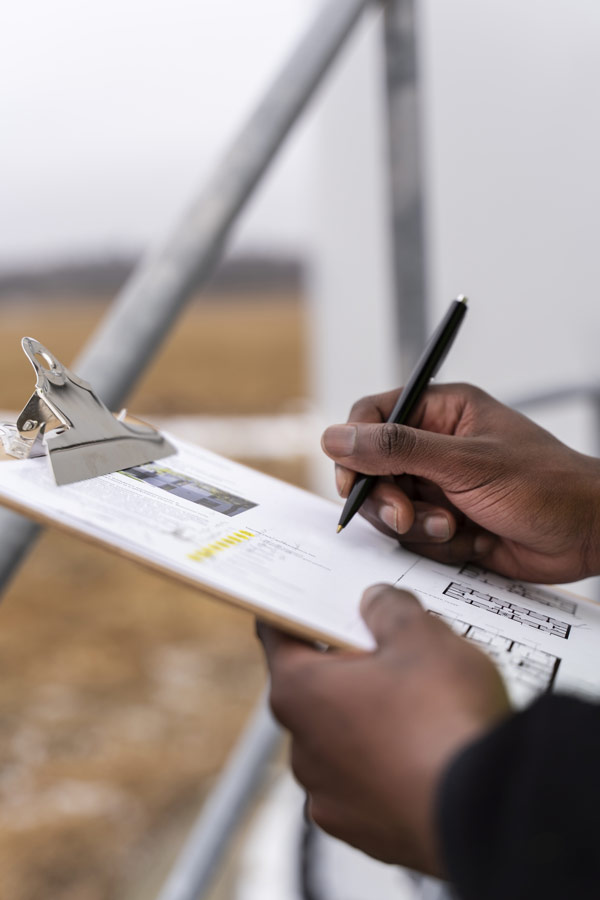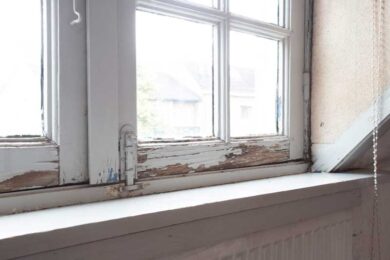Lead Paint Removal Service-- NYC's Trusted Solutions for Lead Safety
Lead Paint Removal Service-- NYC's Trusted Solutions for Lead Safety
Blog Article
Best Practices for Making Certain Safe and Comprehensive Lead Offense Abatement
Attending to lead violation reduction calls for a multi-faceted method to make sure both safety and compliance. It's the final clearance process, entailing extensive inspections and laboratory screening, that truly confirms a lead-free environment, making certain long-lasting safety and security. Just how do these practices interconnect to guarantee thorough lead abatement?

Preliminary Assessment
Carrying out an initial assessment is an important very first step in lead violation reduction. This stage encompasses a detailed examination of the residential property to identify the presence, extent, and particular locations of lead-based hazards. Certified experts, such as licensed lead examiners or risk assessors, ought to execute a thorough website inspection, using tools like X-ray fluorescence (XRF) analyzers to accurately detect and measure lead focus in paint, dirt, dirt, and water.
The analysis should likewise consist of a review of the building's history, previous reports, and any issues or health and wellness problems reported by owners - Lead Removal Contractors. Documenting the findings diligently is necessary, as these records develop the basis for developing a reliable reduction strategy. A comprehensive analysis likewise includes tasting and lab evaluation, which are crucial to verify the presence of lead and guide subsequent activities
Moreover, it is important to connect the outcomes transparently to all stakeholders, including building owners, lessees, and regulative authorities. By ensuring that the first analysis is performed with accuracy and rigor, professionals can lay a strong foundation for a targeted and reliable lead abatement process, inevitably safeguarding public wellness and ensuring compliance with regulative criteria.
Appropriate Control
Correct control is crucial to stop the spread of lead pollutants during reduction tasks. Efficiently handling control decreases the threat of lead dust and debris moving to non-work locations, thereby safeguarding both the environment and individuals outside the prompt work zone. To attain correct control, an impermeable barrier of plastic bed linen have to be developed around the workspace, guaranteeing all joints and sides are securely sealed. Lead Removal Contractors. This obstacle must expand from flooring to ceiling and be taped down to avoid any kind of leakages.

Normal assessments of the control location are essential to check for breaches or weaknesses in the obstacle. Any identified issues should be quickly dealt with to keep the honesty of the containment. By adhering to these practices, abatement tasks can properly manage lead contamination and minimize affiliated health threats.
Employee Defense
Ensuring employee defense is vital during lead reduction tasks to stop job-related direct exposure to dangerous lead bits. Important actions consist of the use of individual safety equipment (PPE) such as respirators, gloves, and full-body suits particularly created to block lead dust and fumes. Workers ought to undergo thorough training on the right use and maintenance of PPE, including fit testing for respirators to ensure maximum effectiveness.
Design controls, such as local exhaust air flow systems, are critical in decreasing airborne lead concentrations in the workplace. Management controls should likewise be applied, including limiting the period of exposure and revolving employees to reduce private exposure times. Regular clinical surveillance and biological monitoring are indispensable for early discovery of lead absorption, allowing timely intervention and treatment.
Moreover, developing a decontamination method is essential. Employees have to follow rigorous purification treatments prior to news breaks and at the end of their shift to stop lead dust from being brought outside the workspace. This includes complete hand and face cleaning with lead-specific cleaner and changing out of polluted garments.
Precise Cleaning
Keeping a risk-free workplace prolongs beyond worker security and encompasses precise cleanup to make certain lead fragments are extensively removed from the site. The process of precise cleaning is crucial in stopping the recontamination of the abated location and protecting both existing and future owners.
To attain a detailed cleaning, all workplace have to be systematically sanitized. This involves making use of specialized HEPA (High-Efficiency Particulate Air) hoover and wet-wiping strategies to record and eliminate fine lead dirt that might have resolved on surfaces. It is crucial to clean up all horizontal surface areas, consisting of floorings, window sills, and kitchen counters, as well as vertical surface areas that might have entraped lead bits.
Workers have to put on appropriate personal protective tools (PPE) throughout cleaning to stay clear of exposure to residual lead dirt. Utilized cleaning products such as wipes, sponges, and wipe heads must be gotten rid of according to dangerous waste disposal laws.

Last Clearance
Last clearance is the critical wrapping up phase of lead reduction that establishes whether the site is secure for reoccupation. This important step entails detailed inspection and testing to verify that all lead risks have been efficiently gotten rid of. The process begins with a visual evaluation by a licensed lead-based paint inspector or risk assessor to guarantee no noticeable dust or particles stays. This is followed by accumulating dirt clean examples from various surfaces, including floors, windowsills, and various other horizontal surface areas. Lead Removal Contractors.

Final clearance screening not only protects future residents yet also ensures conformity with local, state, and government laws. In addition, it works as a try this out recorded recognition of the reduction specialist's use this link adherence to market ideal practices. Guaranteeing a comprehensive and effective last clearance is necessary in securing public health and promoting rely on the abatement procedure.
Verdict
Guaranteeing secure and comprehensive lead violation reduction requires a diverse method including initial assessments with sophisticated discovery techniques, reliable containment approaches, rigorous worker protection protocols, and careful clean-up treatments. The final clearance stage, including detailed evaluations and laboratory testing, is essential to validate conformity with EPA standards. Adherence to these ideal practices assures a risk-free setting for passengers, reduces wellness threats, and supports regulative needs, consequently advertising public health and safety and security in lead-affected locations.
Report this page